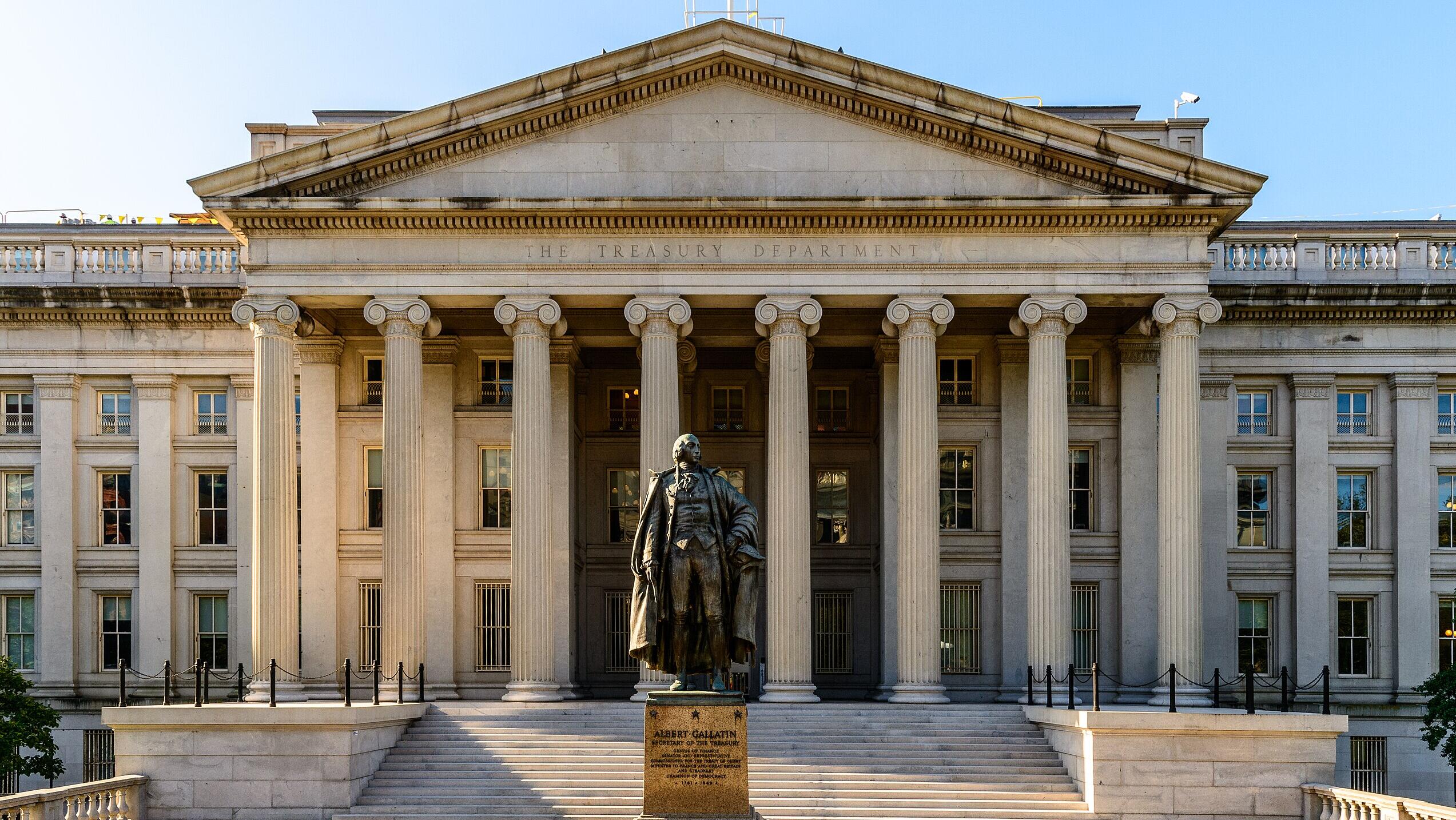The United States government has reached a record high, surpassing US$37 trillion (A$56.47 trillion), highlighting the accelerating debt on America’s balance sheet and increased pressures on taxpayers.
The large debt update was found in the latest Treasury Department report, which logs the nation's daily finances.
In January 2020, the Congressional Budget Office projected that gross federal debt would eclipse US$37 trillion after fiscal 2030, but debt was accelerated by the multi-year COVID-19 pandemic, which shut down much of the U.S. economy.
During the pandemic, the government heavily borrowed during the end of President Donald Trump’s first term and former president Joe Biden to stabilise the national economy.
Now, more government spending has been approved after Trump signed into law the Republicans’ tax cut and spending legislation earlier this year, which is estimated to add US$4.1 trillion to the national debt over the next decade.
CEO of the Peter G. Peterson Foundation, Michael A. Peterson, said the trillion-dollar milestone debts are piling up at a rapid rate and that the growing debt will slowly damage the U.S. economy for future generations.
“As the government borrows trillion after trillion, it puts upward pressure on interest rates, adding costs for everyone and reducing private sector investment,” he said.
“Within the federal budget, the debt crowds out important priorities and creates a damaging cycle of more borrowing, more interest costs, and even more borrowing.
“We are no longer in a great recession or a global pandemic, but our fiscal policy keeps acting like we are.”
Peterson also added that the county is adding a trillion more to the debt every five months, which is more than half as fast as the average rate of the past 25 years. This comes after the U.S. hit US$34 trillion in debt in January 2024, which piled up to US$35 trillion in July 2024 and US$36 trillion in November 2024, leading to more borrowing.
The Joint Economic Committee predicts that at the current average daily rate of growth, an increase of another trillion dollars in debt can be expected in around 173 days.
Related content



